1972 Doubled Die Obverse Lincoln Memorial Cent

A Lincoln Memorial cent was released in 1972, but with it came a glaring error. No, your vision is not blurry. Both the lettering on “1972” and “Liberty” were doubled. It is estimated that around 20,000 of the pennies were made that way at the time of the error, making them a rear rarity.
So, just how much are these pennies worth? If you happen to have one of these in your loose change, it may be worth hanging onto. One of these pennies, which was auctioned off on eBay, had a starting bid of $1 and ended up selling for $325 in September 2021, according to a publication in The U.S. Sun.
Sacagawea Cheerios Dollar

In the early 2000s, the U.S. Mint promoted its new golden dollar featuring the visage of one Sacagawea. The promotion involved packing a 2000 Lincoln cent into 10 million Cheerios boxes, of which around 5,500 also featured a Sacagawea golden dollar.
However, these weren’t all just regular Sacagawea dollars. On the reverse side of the golden dollar were enhanced eagle tail feathers. Only about 70 were produced this way, which makes them pretty rare. Depending on the condition, they could be worth as much as $25,000!
1955 Doubled Die Lincoln Penny

In 1955, the Lincoln penny had a similar glaring double-die error. The penny featured doubled lettering over “Liberty,” “In God We Trust,” and “1955.” It is likely that the pennies with this error were improperly inspected and ended up in circulation, as occurs from time to time.
But now, this is a huge collector’s item for coin enthusiasts, and if you happen to have one in your change jar, then you may have something worth a lot more than one cent. Around 20,000 of these pennies were produced, but only around 10,000 are believed to be in existence. In November 2021, one had sold for $1,850.
2004 D Wisconsin Quarter, Extra Low Leaf Error

In 2004, the Wisconsin state quarter was minted with an image depicting a cow, an ear of corn, and a wheel of cheese. It was a common quarter except for the ones made in error. The errored version of the quarter features an extra leaf on the left side of the corn that touches the wheel of cheese.
Some believe that this error was deliberately made by someone messing with the die, but whatever the case may be, it’s worth a lot more than 25 cents now. In October 2021, the errored state quarter sold for as much as $152 on eBay. It’s definitely worth hanging onto or selling if you think you’ll lose it.
1927-D Saint-Gaudens Double Eagle

The 1927-D Saint-Gaudens double eagle coin is one of the rarest U.S. coins in existence. The $20 coin was named after Augustus Saint-Gaudens, who designed the 1905 model. This coin is one of the rarest, not because there were not many produced, but because many of them were destroyed.
In 1933, there was a gold recall, and as a result, many of the coins were melted down. Any coins that remain are believed to be worth around $1 million. In August 2021, one of the coins sold for a whopping $3 million as it was in excellent condition compared to others of its kind.
1894-S Barber Dime

1894-S Barber dime is an ultra-rare coin because only 24 of them were ever made, and it is estimated that only nine of them exist today. That being said, one of them sold for as much as $2 million at a Florida auction in 2016. Another one, owned by Los Angeles Lakers owner Jerry Buss, was sold for $1.32 million at an auction in Chicago.
The 1894-S Barber dime was designed by artist and engraver Charles E. Barber. He produced the dime for the San Francisco mint. Much like other Barber dimes, it featured the head of Lady Liberty on the front of the coin with wheat and the words “One Dime” on the reverse of the coin.
1913 Liberty Head Nickel

There are only five 1913 Liberty head nickels said to exist. While it’s unlikely that you would ever find one in your change jar—hey, you never know! Buzz surrounding the coin in media outlets and word of mouth has brought up a high demand for this coin. In 2018, one sold at a Philadelphia auction for $4.56 million.
Like the Barber dime, it was designed by Charles E. Barber. Again, it features the head of Liberty on the front along with the Roman numeral V engraved on the reverse of the nickel. The rarest versions of the nickel are without the word “cents” because U.S. Mint officials failed to add the words.
1943-S Lincoln Wheat Penny

The 1943-S Lincoln wheat penny was produced at a unique time in American history. It was WWII, and the U.S. Mint switched to zinc-coated steel coins rather than copper coins because copper was needed to make ammunition. Many of them were produced in 1942, but some from 1943 were processed and circulated.
These coins are thought to have been an accident—that is, the metal disks from 1942 accidentally entered processing. Because they are so rare, coin collectors like Texas Rangers co-chairman Bob R. Simpson are willing to pay a lot of money. In fact, he paid $1 million in 2012.
Flowing Hair dollar

The Flowing Hair dollar, as it is called, is a $1 coin that is believed to be the first official silver dollar ever issued by the US Government. This version of Liberty on the front of the dollar is depicted as having long, flowing hair. There’s a 1794 version and a 1795 version, but the 1795 version is more common.
There are only believed to be up to 200 of the 1794 variety in existence, while there are a lot more of the 1795 version. Nevertheless, the design was quickly replaced, so the coin is still worth a lot of money. A 1795 coin can still manage to sell in the thousands. In September 2021, for instance, one sold for $2,500.
Morgan Silver Dollar

The Morgan Silver Dollar is one of the most well-known among collectors. The $1 coin was named after designer George T. Morgan. It features Liberty on one side and an eagle with stretched wings on the reverse side. The coin was minted from 1878 to 1904 and again in 1921.
While many of them were produced, most of them ended up getting melted down, so now they are few and far between. The value of a Morgan Silver Dollar depends on the condition, mint year, and rarity. Most recently, Morgan silver dollars have made as much as $1,805 for a circulated 1893-S coin. Uncirculated coins are also worth something but more in the $300 range.
1787 Fugio Cent
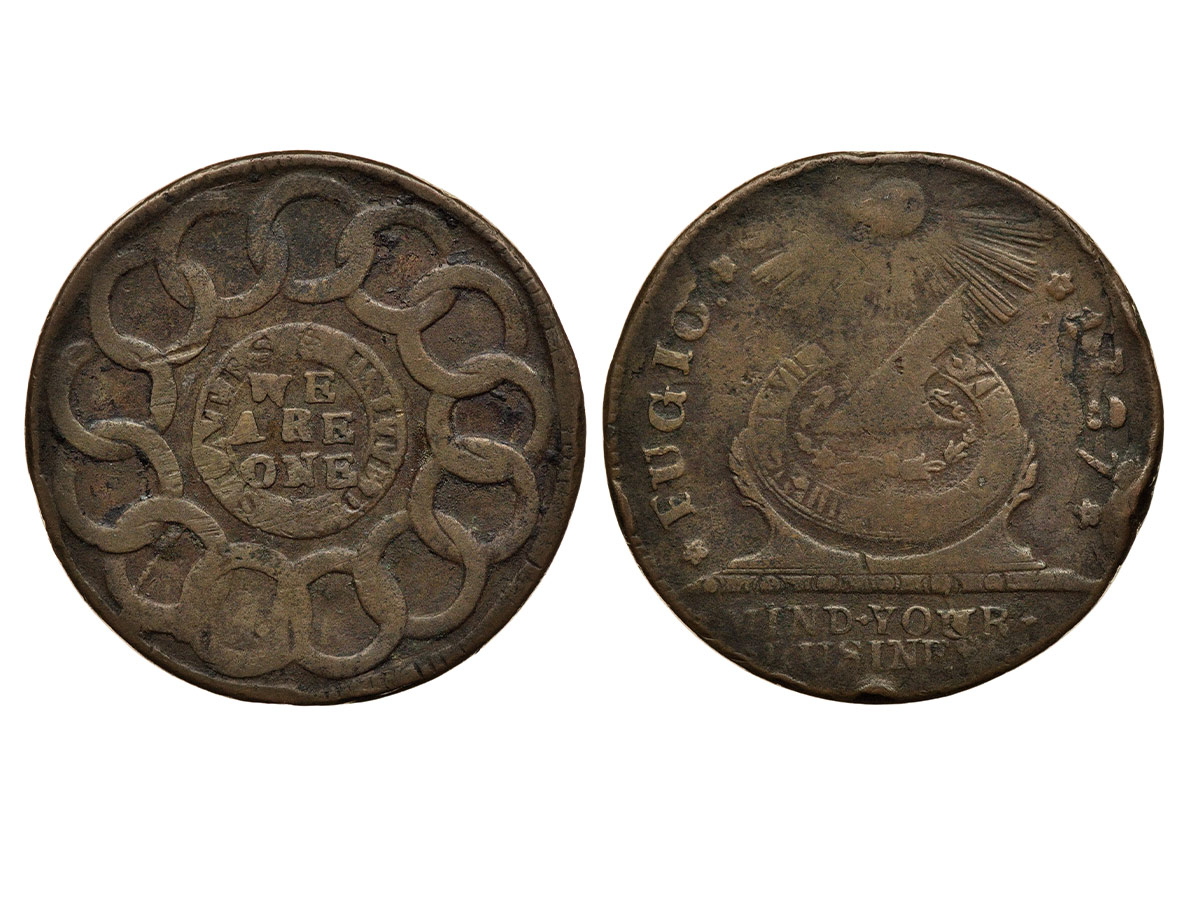
The Fugio cent is also sometimes called the Franklin cent, due to the fact that it was created by Benjamin Franlkin. Despite being the first official coin minted in the U.S., it was only in circulation for about a year.
These days, if you happen to stumble upon a Fugio cent, it's probably going to be worth quite a bit more than a penny! In recent years, these rare coins have sold for anywhere between $1500 and $3500.
1969-S Lincoln Cent With a Doubled Die Obverse
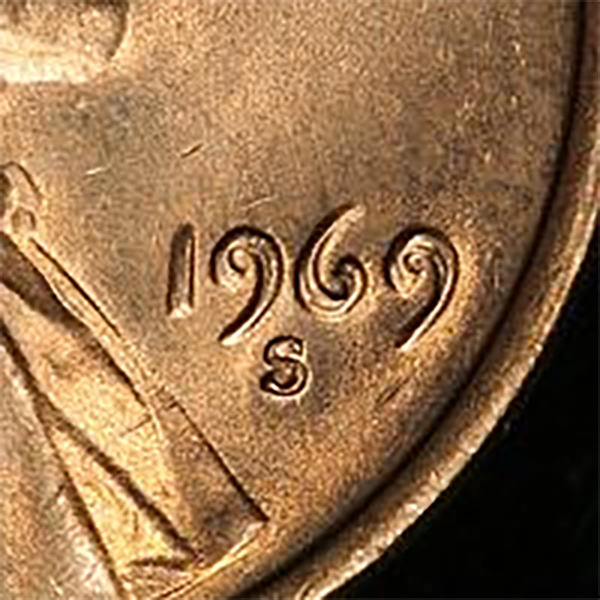
Like many of the coins on this list, this 1969 penny gets its value from a printing error. The problems with these pennies were so glaring that the Secret Service actually confiscated them as counterfeit until the Mint confirmed they were legitimate.
If you happen to have one of these rare coins, you're sitting on a small fortune! Depending on the condition of the coin, these pennies can go for upwards of $40,000 today.
1983 Penny With No Mint Mark
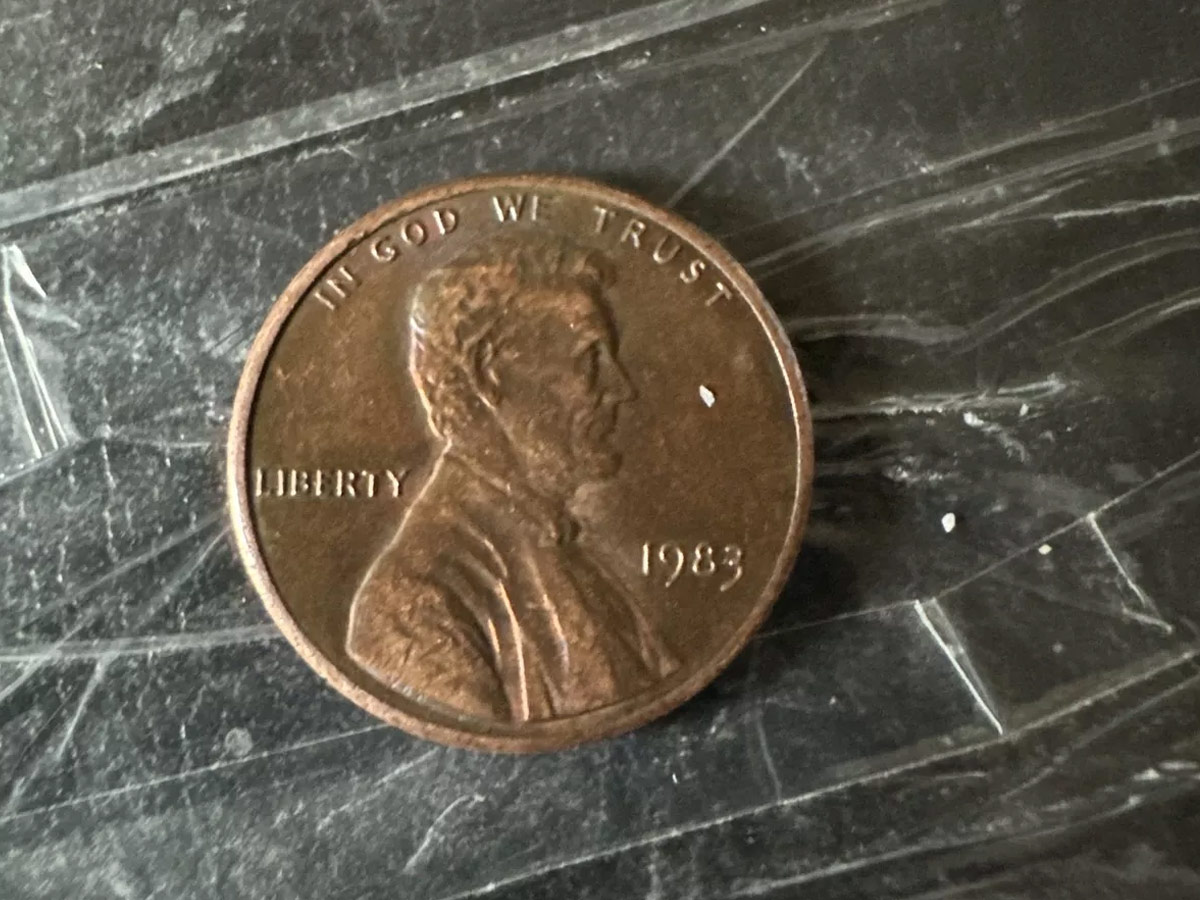
Coins minted in the United States always come with a mark indicating which specific facility they were created in. However, in 1983, some pennies managed to make it out of the building without these identifying marks.
Despite it being a relatively small error, these missing mint marks really increased the value of these coins. Today, a markless penny in good condition could go for as much as $7000.
2005 Kansas State Quarter

When the Kansas state quarter was released in 2005, there was a small problem with the first run. Excess grease made its way into the die, which obscured the T in "In God We Trust" making it look like "In God We Rust" instead.
While this quarter isn't going to bring in enough money to retire on, you could still expect to get anywhere from $10-$60 for this coin, which is a pretty good return on investment!
1996 Roosevelt Dime

The 1996 Roosevelt dime was never meant to be in circulation. Instead, a small batch was created for collectors to commemorate the 50th anniversary of 1946 Roosevelt dime.
However, some of these coins actually got spent, and it's possible (but very rare) to find one out in the wild. They're only worth two or three dollars, but that's not bad when you consider they're only supposed to be worth ten cents!
1937 3-leg Buffalo Nickel

In 1937, we got the infamous three-legged buffalo nickel thanks to a US Mint worker who got a little to enthusiastic about cleaning the die and ended up scrubbing off an entire leg!
If you find a real one, it can be worth almost $100,000, but beware: this is one of the most commonly faked US coins around. It's not unheard of for people to scratch off a leg on a normal buffalo nickel and try to pass it off.
1918 Buffalo Nickel
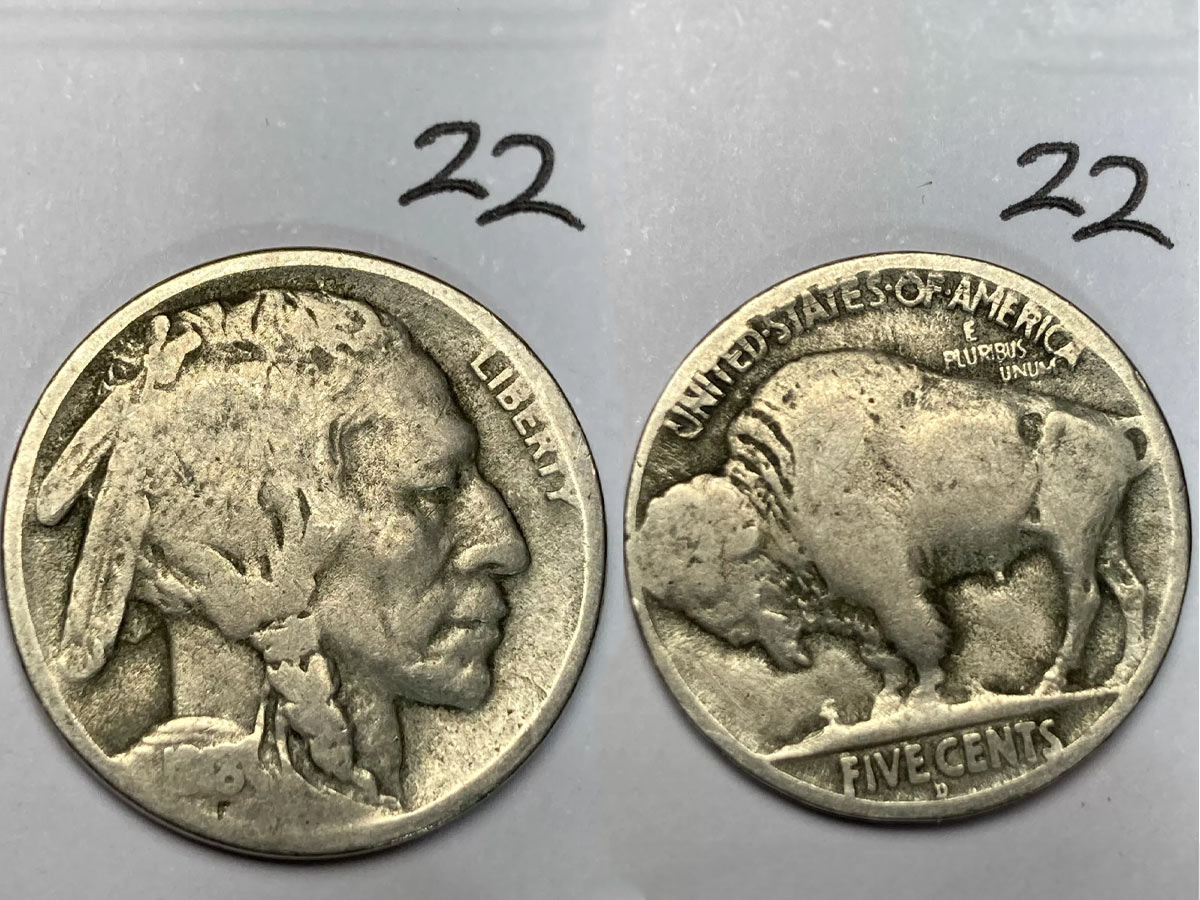
In 1918, the country was in the middle of World War I, and, as a result, fewer coins were printed by the US Mint. This means that nickels from this year are harder to come by than others.
If you happen to have one in near-perfect condition, it could bring in more than $125,000. However, finding high-quality versions of this coin is difficult these days, which can negatively impact the price.
1995 Double Die Penny

Getting the die just right for minting coins is obviously a big challenge because many of these are rare simply for being incorrectly made, including the 1995 double die penny that can make the words printed look blurrier than normal.
500,000 of these were released into the world, so they're only worth about $25 each. However, of all the coins on this list, this is the one that you're probably most likely to encounter in real life.
Presidential Dollar Coins
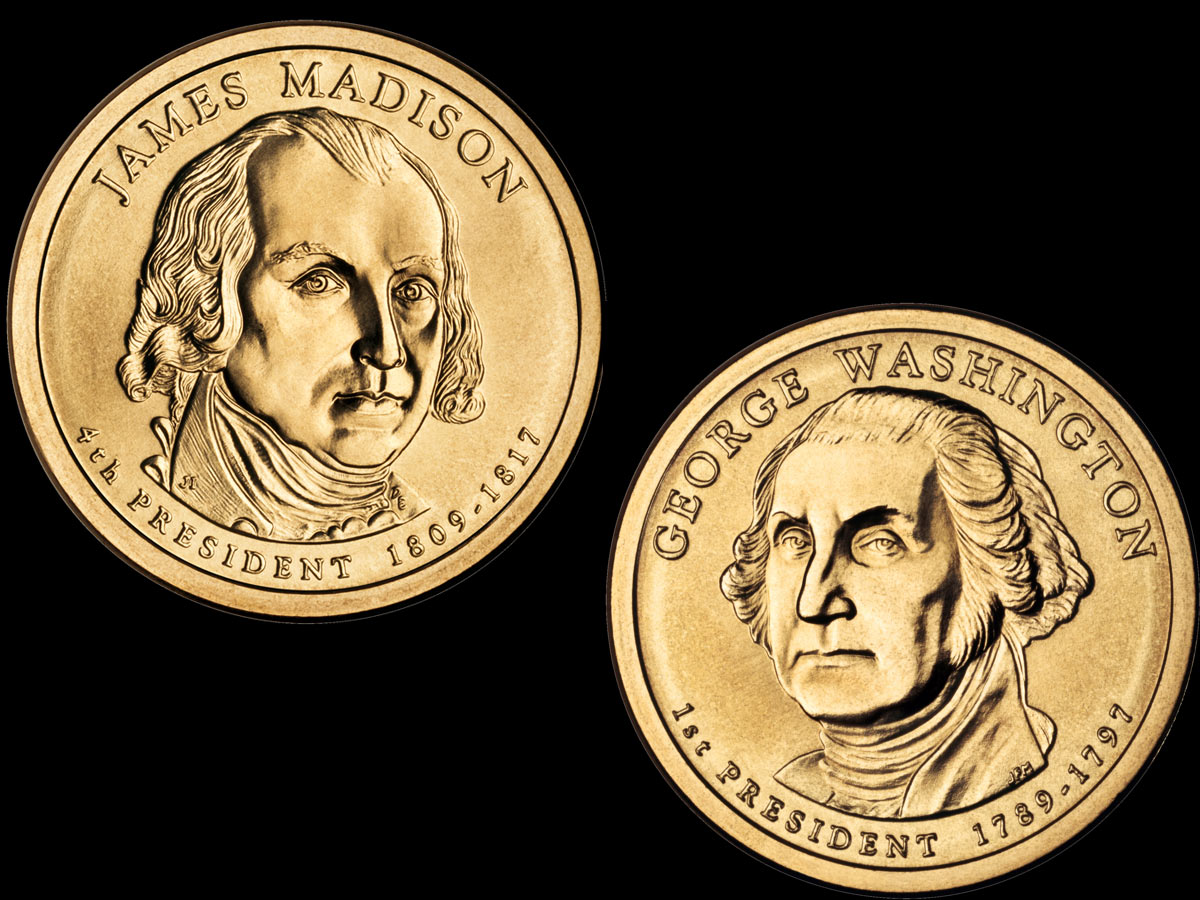
Since 2007, the US Mint has been creating dollar coins featuring American presidents as a way to promote our country's history. However, numerous errors have been spotted on these coins, including upside down and missing lettering.
Why there have been so many errors in this run is still a mystery, but it's not terribly hard to find one of these dollar coins with a mistake. Depending on the error and the coin quality, these could be worth upwards of $500.
(United States Mint, Public domain, via Wikimedia Commons; United States Mint, Public domain, via Wikimedia Commons)
1932- 64 Silver Quarters
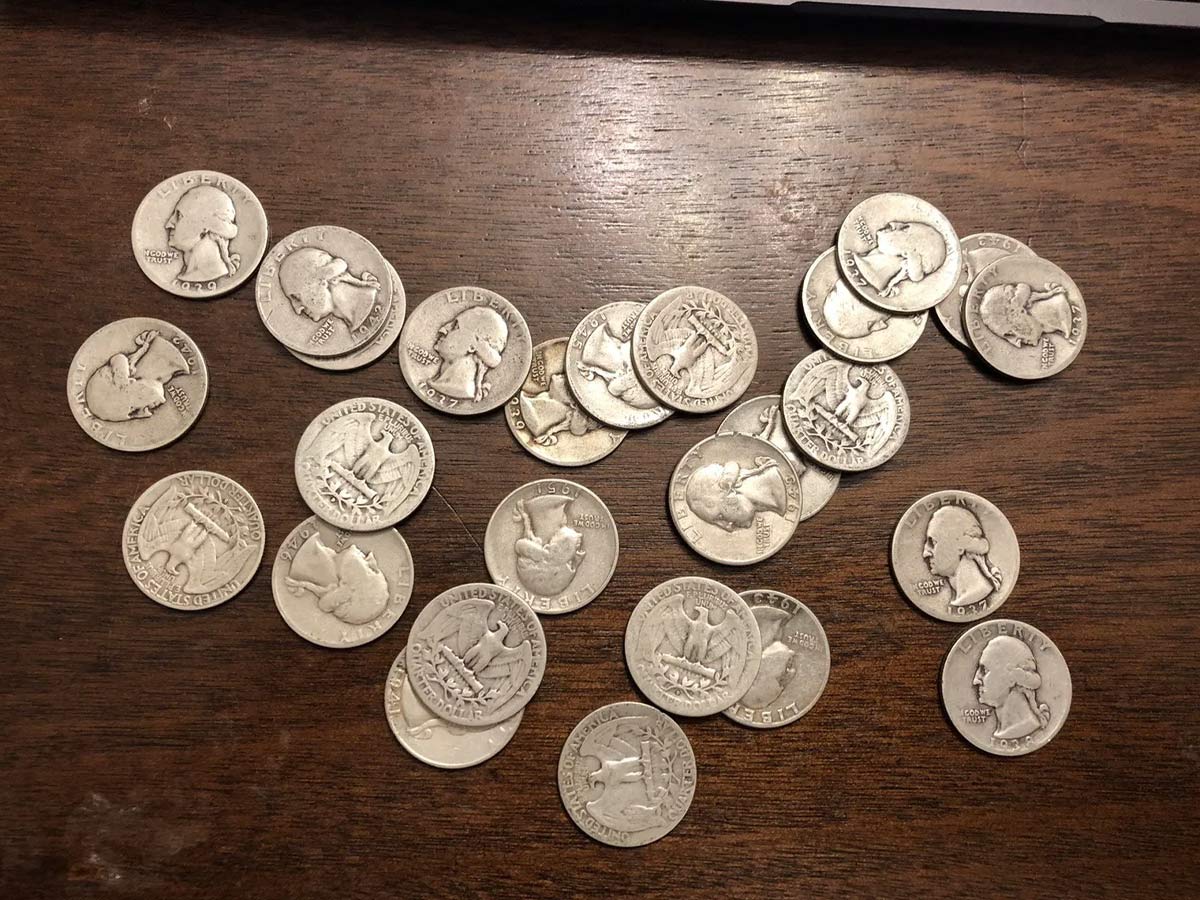
From 1932 to 1964, the US Mint created coppers using a mixture that was 90% silver and 10% copper. The unusual makeup of these quarters has driven up the price as high as $60.
However, these coins aren't particularly rare, so, if you want top dollar from your silver quarters, they need to be in near-perfect condition.
1982 No Mint Mark Roosevelt Dime
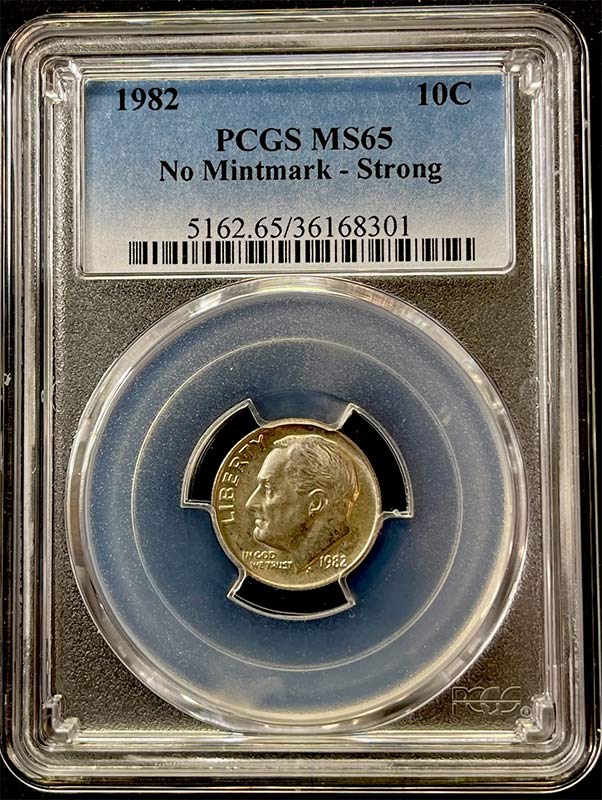
The 1980s saw several minting errors with coins that didn't get a mark designating where they were created, including these 1982 Roosevelt dimes. For whatever reason, these dimes didn't get that treatment.
While it was probably a nightmare for the Mint, it was a boon for collectors! It's estimated that these markless dimes could go for upwards of $50.
1942-45 Silver Nickel

During World War II, the United States wanted to save its nickel supply for constructing tanks, so the government switched to using silver for coins. Even at the time of creation, the materials used to make these coins was worth more than the coins themselves.
These days, silver nickels from this era are estimated to be worth $10-$12, assuming that they are still in decent shape.
1878 S Liberty Seated Half Dollar
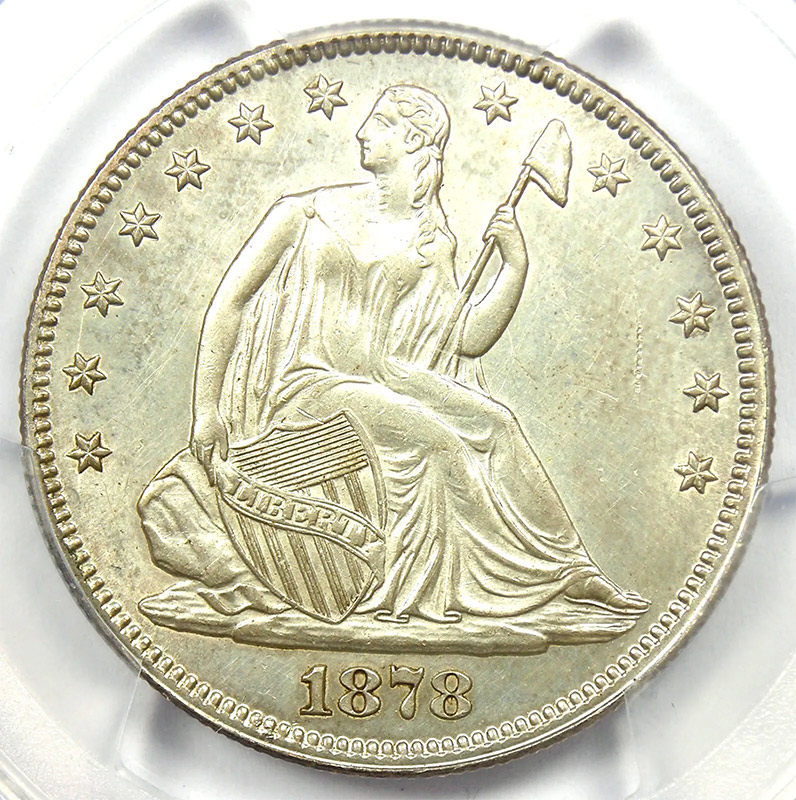
Many coins become popular because of their rarity or because of an error in printing, but that's not the case this time! When it comes to the seated Liberty half dollars of the late 1870s, they became popular thanks to how beautifully made the coins were.
Because they're not particularly rare, coin quality plays a very important role in estimating its worth. If yours is in pretty good condition, it could go for as much as $115,000!
1787 $15 Brasher

Several years before the United States Mint became a thing, these $15 gold doubloon "Brashers" were minted by a private organization. The chances that you've got one of these in your change jar are slim to none, but you've got quite a payday coming if you do!
This rare coin has been sold several times over the years, and each time it's managed to net millions of dollars. Most recently, it went for $15 million in 2020.
1849 $20 Liberty Gold Coin
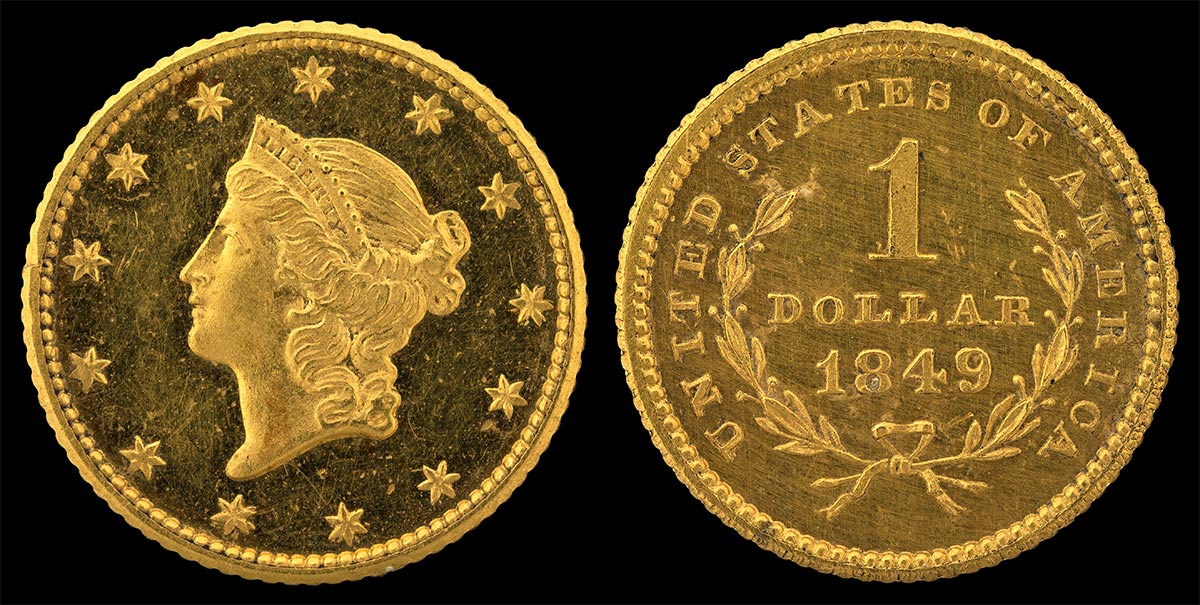
The 1849 Liberty gold coin was the first coin minted after the California Gold Rush and is such a rarity that it's believed only two genuine specimens still exist in the world. A genuine version of this coin could potentially be worth more than $15 million.
While you probably don't have a 1849 gold coin in your collection, any Liberty head coins from roughly 1850-1900 could be worth thousands of dollars today.
 Author
James Stephens
Last Updated: November 24, 2025
Author
James Stephens
Last Updated: November 24, 2025